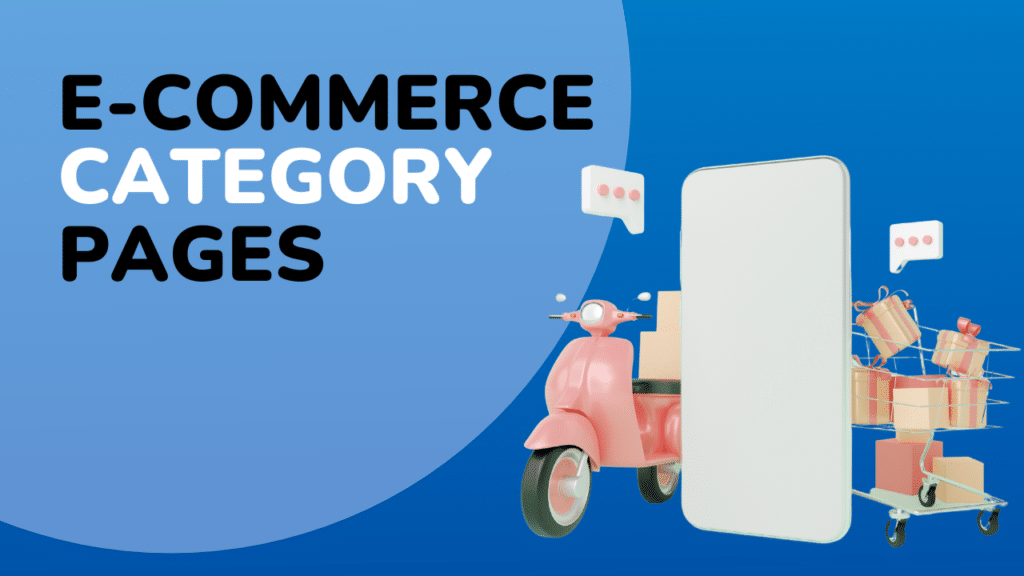In 1979, psychologists Daniel Kahneman and Amos Tversky published a paper titled, “Prospect Theory: An Analysis Of Decision Under Risk”
The theory states:
“People make decisions based on the potential value of losses and gains rather than the final outcome.”
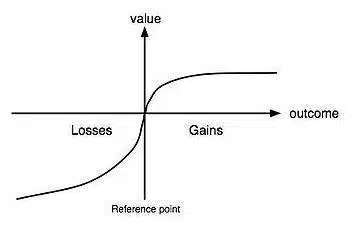
According to Kahneman and Tversky, losses and gains are valued differently, and thus users make decisions based on perceived gains instead of perceived losses.
For example, most people prefer winning $50 with certainty rather than taking a risky bet in which they can toss a coin and either win $100 or nothing.
However, Kahneman and Tversky also found:
The same people when confronted with 100% chance of losing $50 versus a 50% chance of no loss or $100 loss – they often choose the second option.
In this piece, we will look at how prospect theory works, the three biases of prospect theory (with examples), systematic patterns in thinking: other biases, and the importance of prospect theory.
Ready to dive in? Let’s get started.
How prospect theory works
Unlike the utility theory which models the decision-making process of rational agents, the prospect theory seeks to describe the conduct of actual individuals.
Prospect theory belongs to the behavioral economic subgroup and it describes how individuals are influenced by the possibility of a loss, than a perceived gain.
According to Tversky and Kahneman, this means that proposed losses cause a greater emotional impact on an individual than does an equivalent amount of gain, so given choices presented two ways—with both offering the same result—an individual will pick the option offering perceived gains.
The 3 biases of Prospect Theory
Prospect theory explains three biases people use when making decisions:
- Certainty: “This is when people tend to overweight options that are certain and risk averse for gains.”
- Isolation effect: “Refers to people’s tendency to act on information that stands out and differs from the rest.”
- Loss aversion: “When people prefer to avoid losses to acquire equivalent gains”
This post dives deep into these biases and shares few ideas and examples for introducing them into your own marketing or business activities.
Ready? Let’s jump right in…
1. Certainty
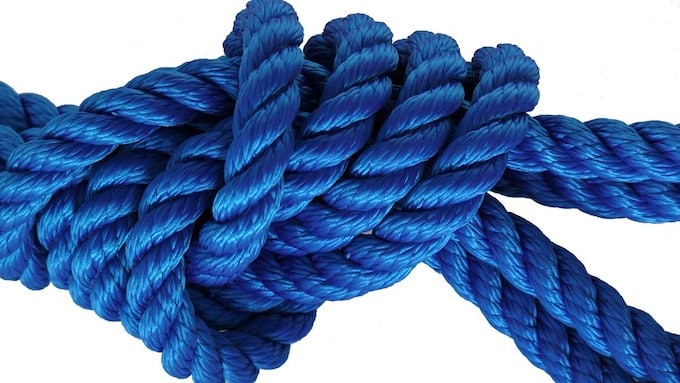
According to Li & Chapman:
“The certainty effect happens when people overweight outcomes that are considered certain over outcomes that are merely possible.”
In other words:
We would rather get an assured, lesser win than taking the chance at winning more [but also risk possibly getting nothing]
Consider this example:
Which of the following option would you choose?
- 100% chance to win $900.
- 90% chance to win $1000 or nothing ($0)

With option 1, you’re assured to get $900.
While with option 2, there’s a 10% chance you could get $1000 or nothing.
Studies confirmed that nearly 80 percent of people will choose option 1.
The reason?
Most people avoid the risk and take the $900.
Now, consider this example:
Which of the following option would you choose?
- 100% chance of losing $900
- 90% chance of losing $1000 or nothing ($0)

With option 1, you’re assured to lose $900…
And with option 2 you have a 10% chance of losing either $1000 or nothing – $0.
Most people would prefer the second option.
Why?
Because when aiming to avoid losses, we become risk seeking and take the gamble over a sure loss, in the hope of losing nothing.
Why certainty affects you and how to use it?
Since people would rather accept a small but certain reward over a mere chance at a larger gain.
To persuade them to take action, consider using the certainty bias to your advantage.
For example, you could:
1. Reward users who subscribe to your email list ‘X% off’ their next purchase
Old Navy does this well by offering 30% off:
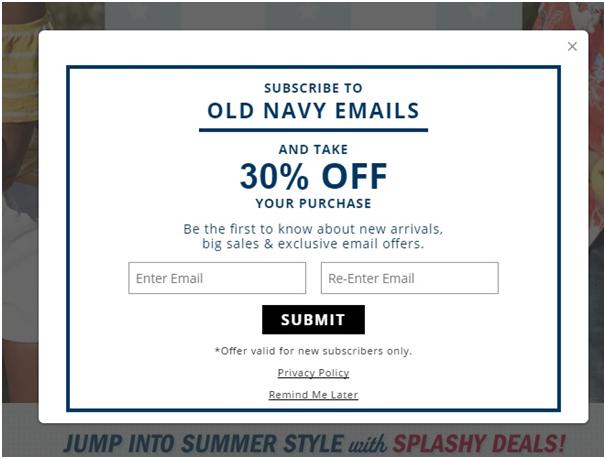
This coupon is more appealing and more effective than a sweepstake of say, $1000 – a reward that is large, but highly unlikely.
2. Assure users will save ‘X amount of $’ when they order two or more
Amazon does this well by rewarding customers $100 who purchase two echo devices:

3. Offer free shipping over ‘X amount of orders’
Lulu’s does this well by offering free shipping over $50:

Now, using the certainty effect can result in higher conversions compared to using uncertain promotional tactics.
Customers immediately see value in the proposition offered and are automatically persuaded to purchase more.
But here’s the kicker:
A research done by cognitive lode urges:
“Uncertainty has had something of a harsh time over the years. It’s been bullied by its bigger, more established and confident brother, Certainty.”
- It creates more positive, exciting experiences. Since as humans, we get excited by the unknown.
- It is more powerful in boosting motivation en route to a goal
- Increases one’s investment of effort, time, and money in pursuing rewards.
Also, newer studies from the University of Chicago confirmed that uncertainty has untold power when motivating people about positive outcomes. It gives us feelings of excitement and enjoyment.
In one of the studies:
Two groups were asked to bid on opaque cups of chocolate coins. The cups contained either a certain amount of 5 tasty coins or an uncertain amount of 3 or 5.
Half from each group was asked to focus on the actual bidding process, whereas the other half was asked up front how much they’d be willing to bid for the coin cups.
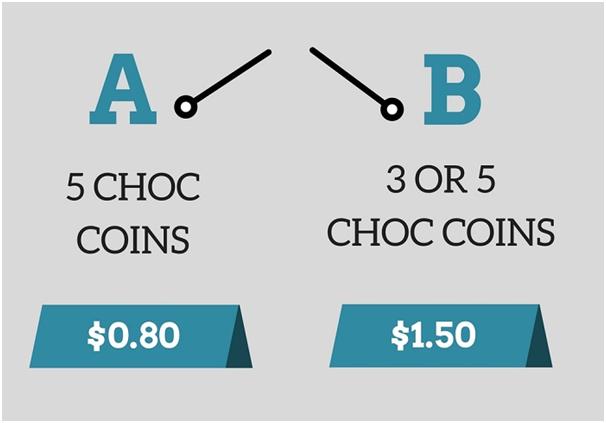
The findings showed those who were made to focus on the process risked more money for uncertain rewards. They risked around $1.50 for the 3-5 uncertain coin cup, as opposed to only $0.80 for the certain 5 coin cup.
So what does this mean?
[Psychologist] Marvin Zuckerman had this to say:
“The uncertainty effect works best with ‘sensation-seekers’: those who have a craving for and desire to seek out positive experiences.“
Three ways you can use the uncertainty effect
-
Add uncertain rewards to existing certain rewards
In order to foster ongoing motivation and higher return rates, use uncertain rewards in-line with certain rewards. [Kahneman and Tversky]
For example, soon after you offer your customers 10% off over the next purchase – you let them know that with all future purchases they’ll receive monthly discounts.
Here’s an example from Bolingo:
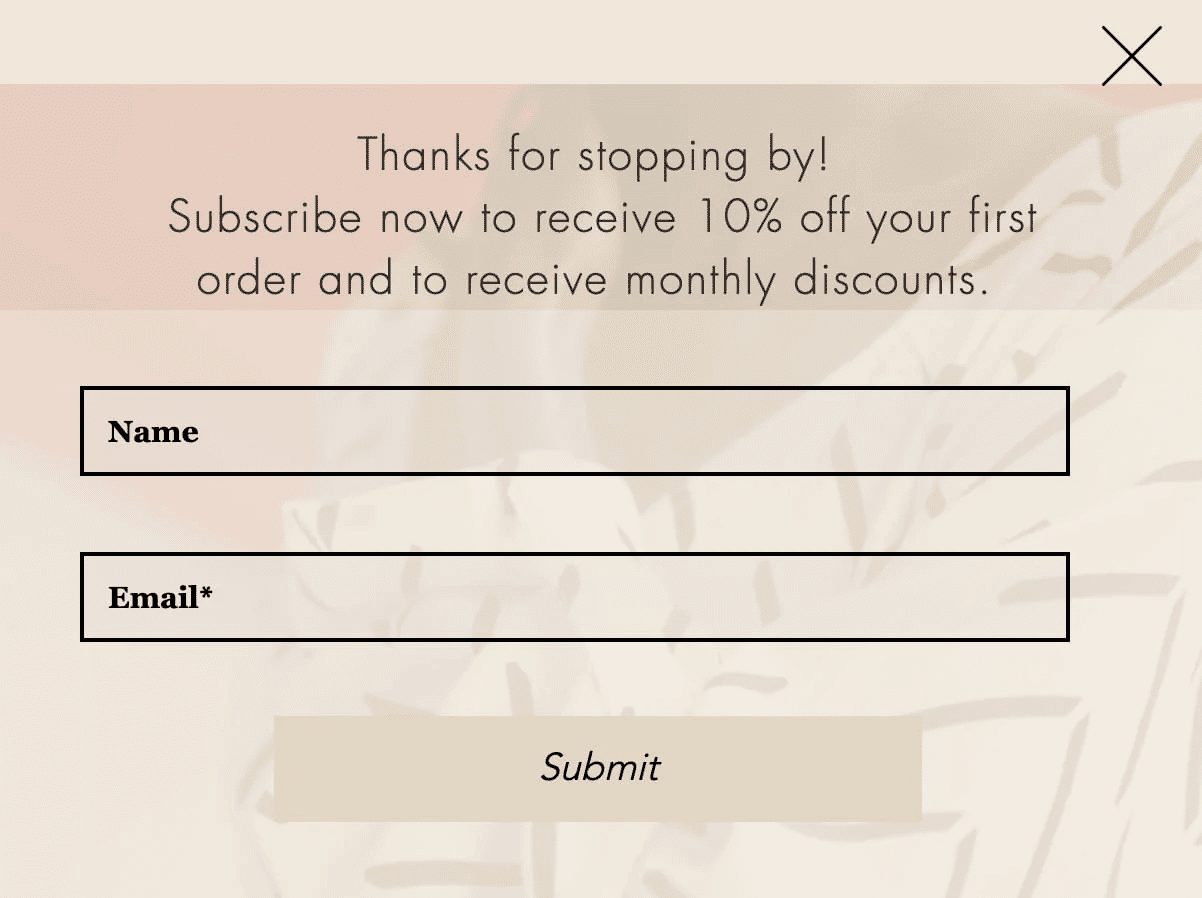
-
Add uncertain rewards to Loyalty programs
Adding in uncertain rewards to existing loyalty programs will keep your customers excited and likely to invest more effort, time, and money in the future.
Here’s an example from Topps:
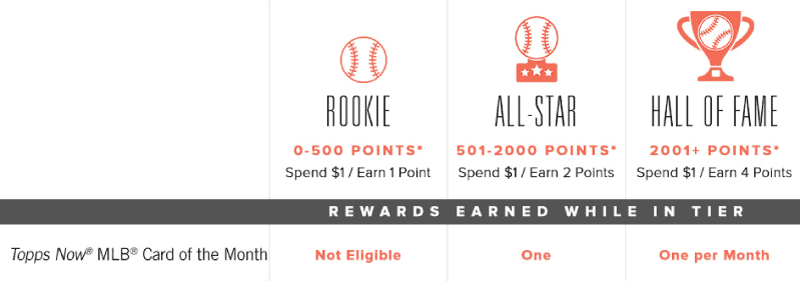
-
Add uncertain rewards to incentivize loyalty behavior of existing customers
Since uncertain rewards can increase investment over time, frequently give away uncertain rewards to your existing customers.
2. The Isolation Effect

German psychologist Hedwig Von Restorff first documented the Isolation effect in 1933, and found:
“When multiple stimuli are presented, the stimulus that differs from the rest is more likely to be remembered.”
For example:
An item on a list which is a different color, size or font is more likely to be remembered than the other normal looking listed items.
Try to remember this list:

The chance is you’ll easily remember ‘February” because it stands out with a bigger size, different font, and color.
Why the isolation affects you and how to use it?
The Isolation effect [also known as the Von Restorff effect] can be used to your advantage by designing your website so that customers pay attention to what you want them to see and remember.
For example, you could:
1. Make use of shapes that stand out from the rest of the homepage to draw attention to certain elements

2. Choose a color that contrasts strongly with the rest of the site for your Call-To-Action.
Here’s an example from Obvi:
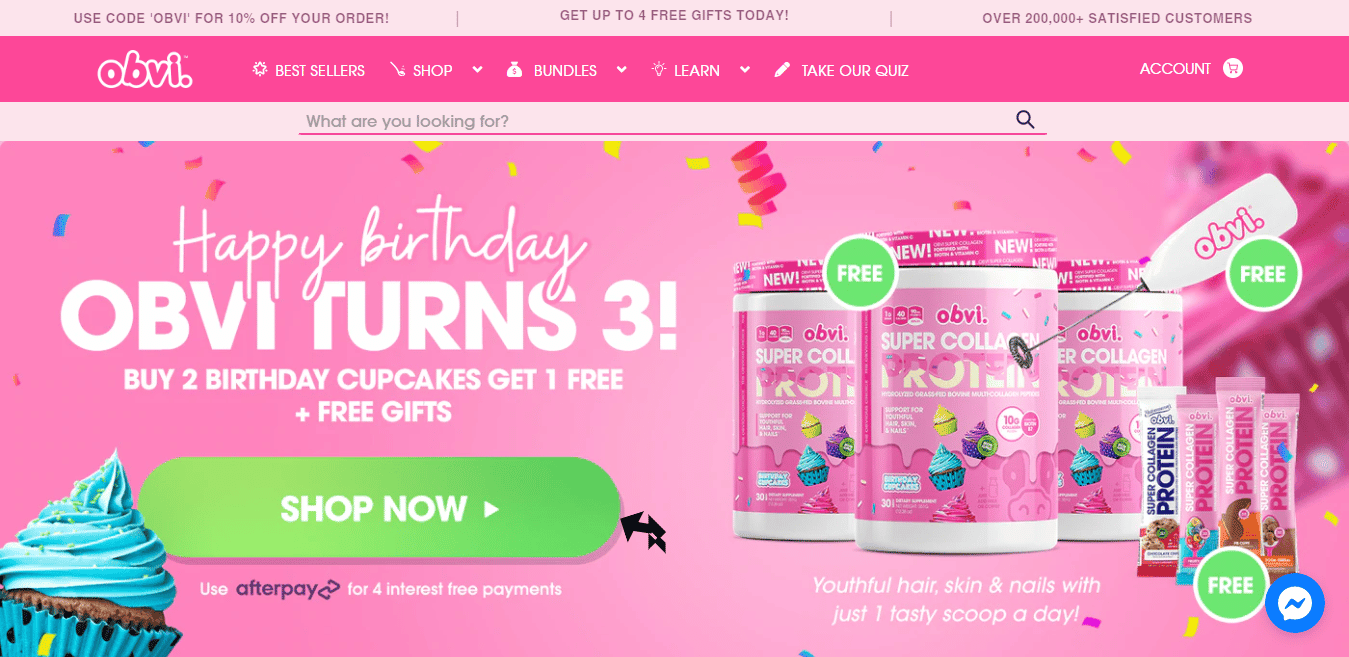
3. Use a wide range of words, tenses, and expressions to make sure important information catches the visitor’s attention
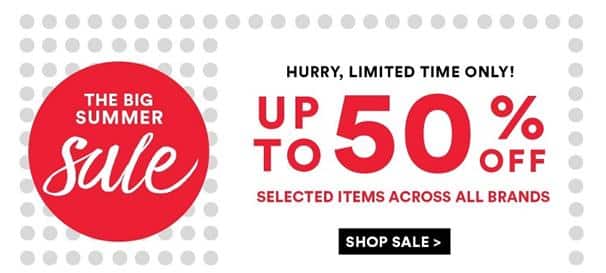
3. Loss Aversion
[We have given 13 different to use loss aversion to increase conversion rates in the past.]
Psychologically, the “pain of losing something is twice as powerful as the pleasure of gaining.”
For example, winning $100, then losing $80 feels like a net loss even though you are actually ahead by $20.
However, were we to first lose $80, then come back and win $100, it would shift our reference point and make it feel like a net gain.
Science Magazine did an experiment illustrating how humans find avoiding loss more urgent than winning something new…
Participants were handed $50 at the beginning and then given two options to choose from:
Keep $30 of the $50,
Or
Gamble the whole pot with an equal shot at either keeping the full $50 or losing the full $50.
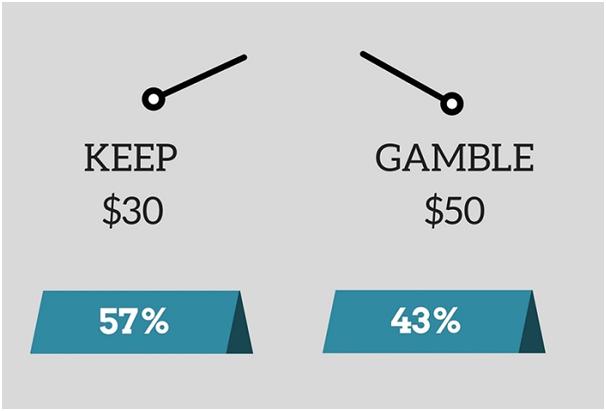
57 percent of the participants decided to keep the $30.
The next group of participants was asked to:
Either lose $20 of the original $50, or…
Gamble the whole pot with an equal shot at either keeping the full $50 or losing the full $50.
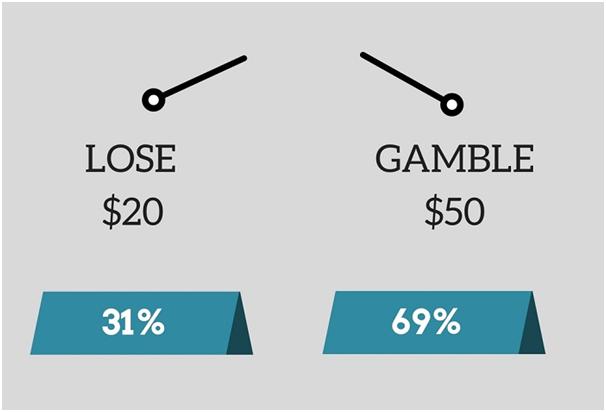
61% of participants chose to gamble the $50.
Why?
Because this time, researchers put the game into a “loss” frame, even though the game itself really hadn’t changed.
The idea of losing $20 was more painful than keeping $30.
As Behavioraleconomics.com put it:
“It’s the reason why we hold onto things in our closets we aren’t wearing; why we pay for gym memberships we aren’t using.”
We tend to place higher value on a good that we own than on an identical good that we do not own (Kahneman, Knetsch, and Thaler in 1990)
Why loss aversion affects you and how to use it?
Loss aversion is one of the reasons we often see phrases like “last chance” or “hurry” in marketing campaigns.
Now, there are few ways to use this behavioral theory without being pushy…
For example:
1. You could incorporate fear of missing out by creating urgency and scarcity
Topman is a great example of how this sort of bias can be implemented on product landing pages for e-commerce stores.
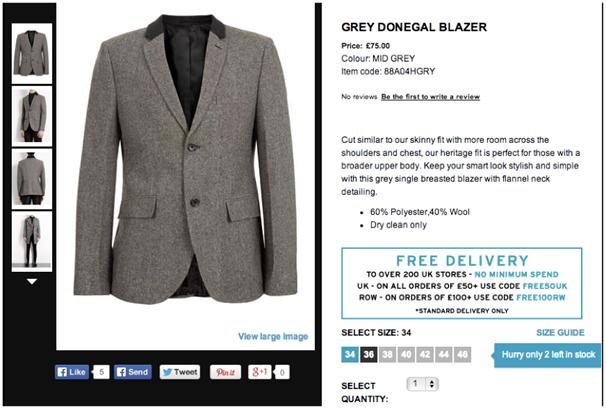
2. Incentivize offers by offering limited-time coupons and discounts.
For example, Memebox offers shop-wide discounts and promo codes to their email subscribers.
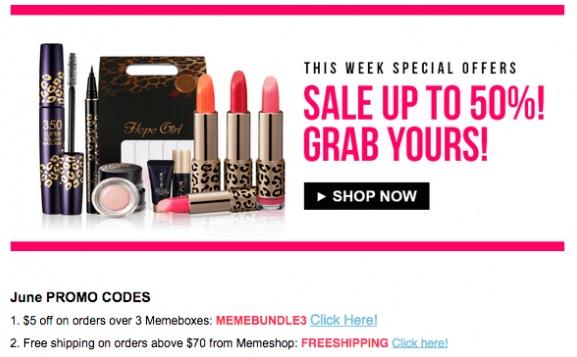
3. Offer friendly nudges by sending push notifications and alerts
1-800-Flowers’ does this well by sending trigger-based push notifications with promo codes.
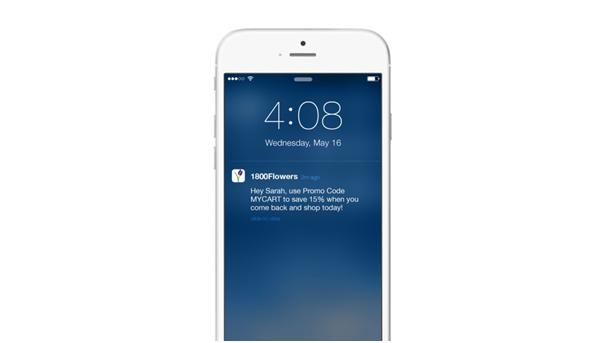
4. Offer free trials of your products or services for a limited period of time.
For example, most software companies use this to their advantage.
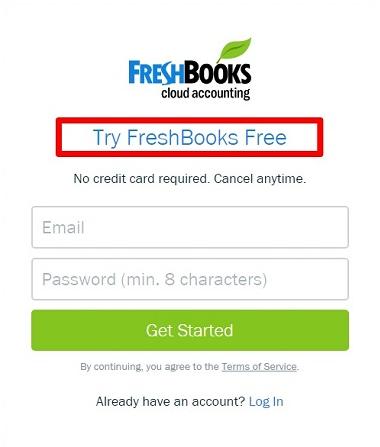
Systematic Pattern In Thinking: Other biases
Tversky and Kahneman also introduced a systematic pattern in thinking that affects the decisions and judgments that people make named: “Behavioral cognitive biases”
These biases impact how we buy, sell, think, feel, interact with friends and more.
This means, they also affect how your visitors think and feel about your site, your company, products, and services.
Few common examples of Cognitive biases include:
The Framing Effect

People react to a particular choice in different ways depending on how it was presented.
We tend to avoid risk when a positive frame is presented but seek risks when a negative frame is presented.
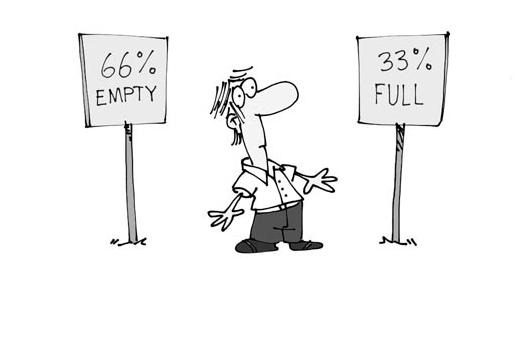
Negative Framed Vs Positive Framed Stimulus
Gerald Smith & Meera Venkatraman study found:
- Positive frames have a greater impact than negative frames on brand attitude.
- Enduringly involved consumers are more influenced by positive frames.
- Less-involved consumers are influenced by negative frames.
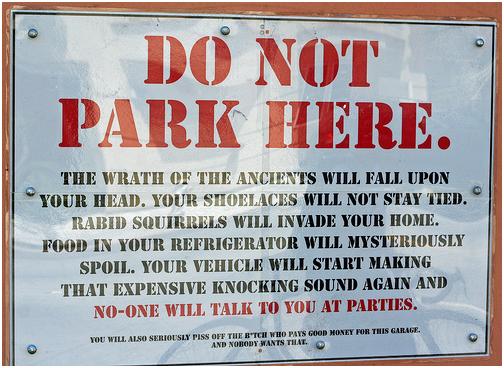
It has been said over and over again the “fear of loss” is more motivating than the “potential for gain”
People tend to avoid risk when a positive frame is presented but seek risks when a negative frame is presented.
The Bandwagon Effect
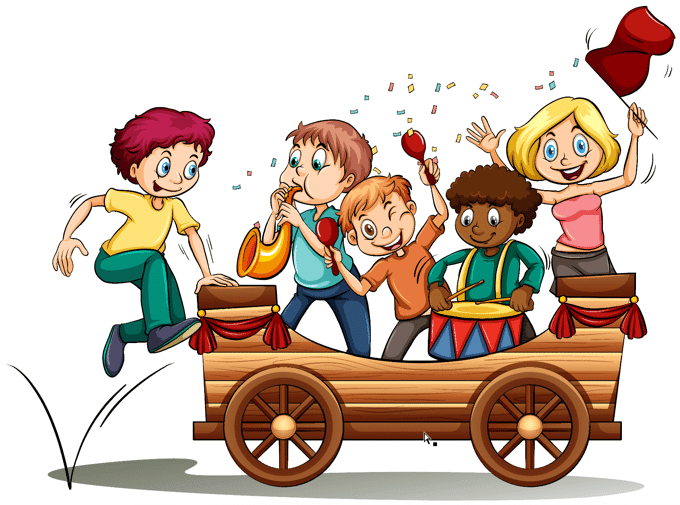
The Bandwagon effect is the tendency to do [or believe] things because other people do [or believe] the same.
We may hate to admit: But we like doing what other people are doing.
For example, If your visitor sees their friend using your product or service, they’re more likely to use your product or service.
And the more popular something gets, the greater the probability of even more people trying it.
So, how do you use the Bandwagon effect to your website?
Simple. Add social proof.
Fitbit does this well:

You can find a complete list of cognitive biases on Wikipedia or 65 more from neurosciencemarketing.com.
The Importance of Prospect Theory
1. It’s useful in framing offers and the copy presented to site visitors and customers.
2. It can be used to improve people’s overall experience on your site. When people experience a terrible experience using a platform, they tend to remember it longer.
Having this in mind, we test everything and make sure user experience issues that will be frustrating are dealt with/minimized.
Final thoughts
People make decisions using several common biases.
Understanding these biases can help you persuade them to take action.
However, although prospect theory factors arose as a descriptive model, it offers no psychological explanations for the processes stated in it.
Furthermore, factors that are equally important to decision-making processes have not been included in the model, such as emotion.
Are you currently using any biases on your store or website? Mention it in the comment section below.
We’d love to hear your thoughts!

